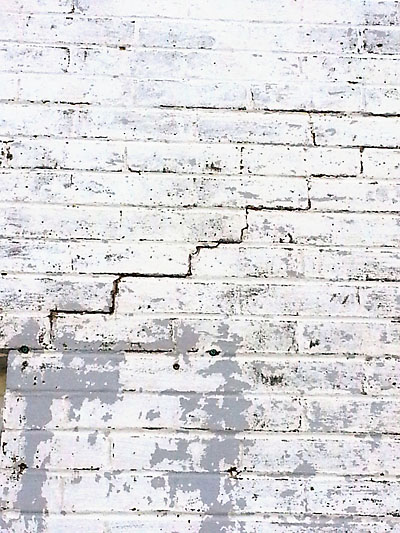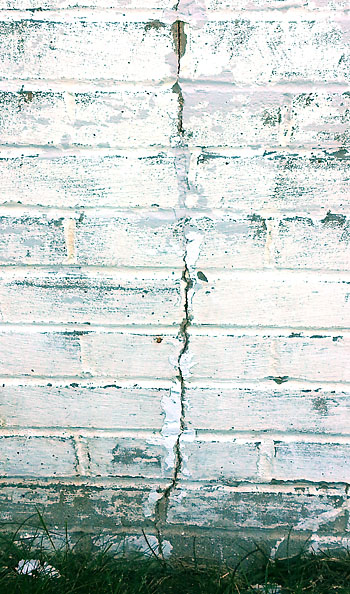MattClara
New Member
- Joined
- Sep 29, 2012
- Messages
- 3
- Reaction score
- 0
Hi,
I'm in the process of prepping my house for painting. The house was built in the early 40's out of what I'm calling "cinder brick". The bricks are shaped like regular old bricks one would build a house of, but they are made of the same stuff as cinder blocks. I bought the house last year and this summer the paint began peeling badly. As I pressure washed it, I found that with some patience, I could remove most of the paint, right down to what I assume is the original primer. Removing all of the paint, though, revealed some cracks, most of which follow the mortar; however, a couple of the cracks go in a straight vertical line right down through mortar and brick, both. As they were all under several layers of paint and show some signs of patching, I think these cracks are old and don't believe there is a structural problem with the foundation, so I'm planning on repointing the worst of them and patching the hair line ones with a caulk of some type. I'm interested in recommendations for what to use to patch the hair-line ones (one guy I talked to suggested an elastomeric caulk). Also, I need to know what to do about the cracked bricks. Is it possible to simply angle grind along the crack and fill with a mortar, being careful to maintain the original look of the bricked surface, or do the bricks need to be replaced?


Thanks for any help you can give!
I'm in the process of prepping my house for painting. The house was built in the early 40's out of what I'm calling "cinder brick". The bricks are shaped like regular old bricks one would build a house of, but they are made of the same stuff as cinder blocks. I bought the house last year and this summer the paint began peeling badly. As I pressure washed it, I found that with some patience, I could remove most of the paint, right down to what I assume is the original primer. Removing all of the paint, though, revealed some cracks, most of which follow the mortar; however, a couple of the cracks go in a straight vertical line right down through mortar and brick, both. As they were all under several layers of paint and show some signs of patching, I think these cracks are old and don't believe there is a structural problem with the foundation, so I'm planning on repointing the worst of them and patching the hair line ones with a caulk of some type. I'm interested in recommendations for what to use to patch the hair-line ones (one guy I talked to suggested an elastomeric caulk). Also, I need to know what to do about the cracked bricks. Is it possible to simply angle grind along the crack and fill with a mortar, being careful to maintain the original look of the bricked surface, or do the bricks need to be replaced?


Thanks for any help you can give!




